Photography with White Backgrounds
Product Photography With White Backgrounds
In this video, you will find a collection of high-quality product photos showcasing a line of baby clothing. This clothing line was designed with both style and comfort in mind, ensuring that your little ones look and feel their best. Each photo provides a detailed view of the clothing item, highlighting its unique features and design elements. The photos feature clear color representations of each design. Accurate color representation helps prevent the unnecessary return of your products.
Deliverables
For most product photo sessions the client receives a adjusted JPG image for use on Amazon. This will be a lower resolution 72PPI for online use. The same image will be provided in a high resolution, PNG file, (300PPI) print quality with a transparent background. In addition to the JPG and PNG file a high resolution PDF is also available. Clients should place the PNG and PDF in storage and a backup system. These are the files you can modify and adjust for any use in the future without degrading of image quality. For price estimates the cost depends on several factors, with the number one being the volume of images required. For example if you have 15 pieces to sell and you want 3 images of each ( front/side/back) the estimate would be based on 45 images.
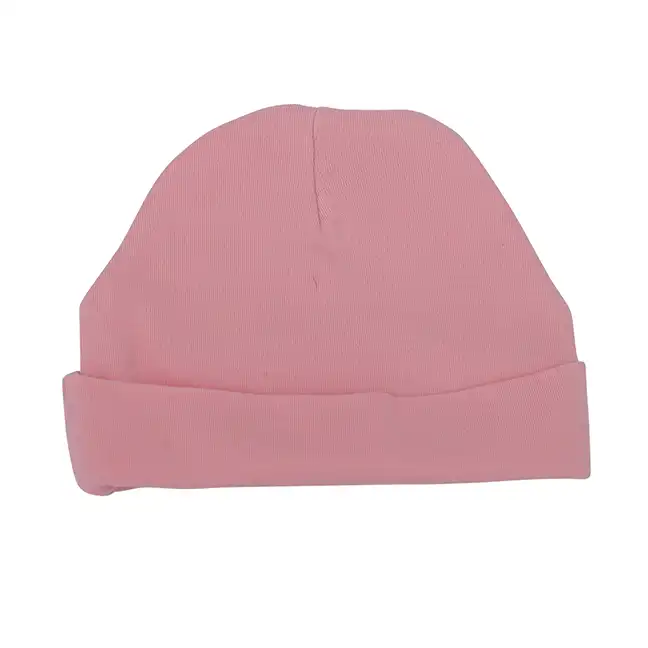
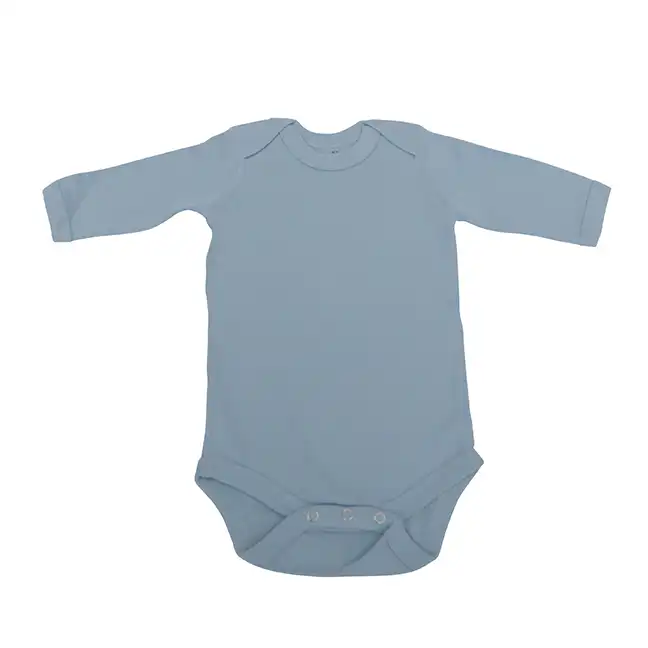
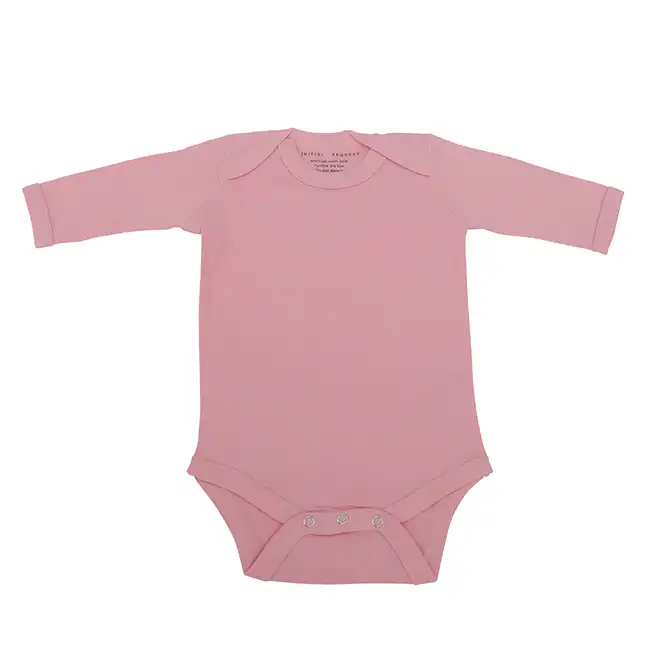
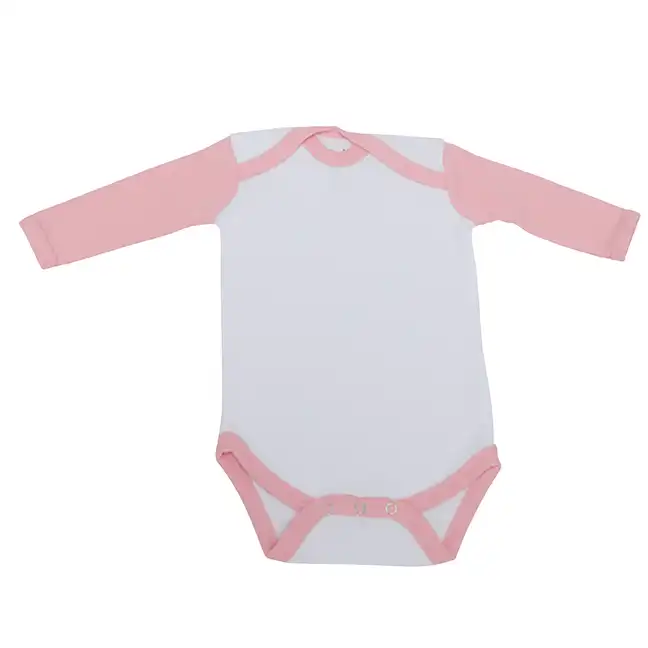

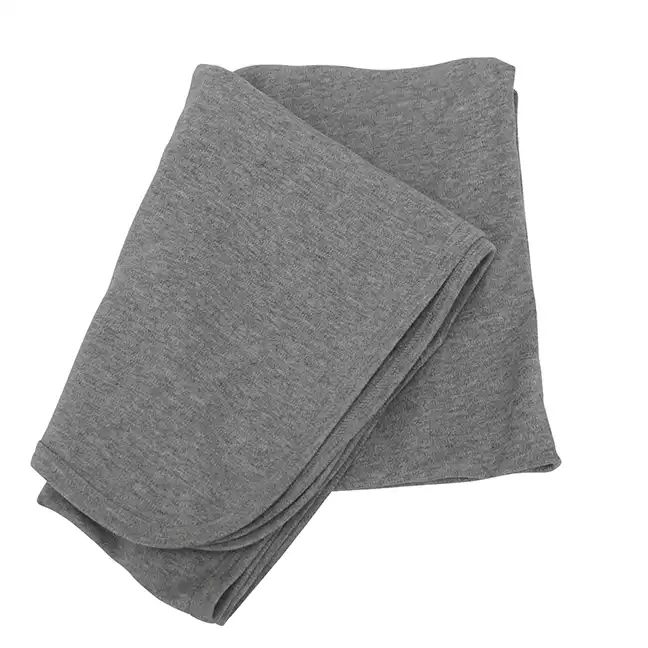
In today's world, the majority of clothing shopping is done online, and with so many options available at the click of a button, it's important for online retailers to showcase their products in the best way possible. One of the most important aspects of online retail is the photography of the clothing being sold. In this article, we will explore some of the best practices for photographing clothing for websites.
Lighting:
One of the most crucial elements of any photograph is lighting. When it comes to photographing clothing, lighting can make or break the image. It's important to have a well-lit space, preferably with natural light. However, if natural light is not available or strong enough, artificial lighting can also be used. Lighting should be diffused, to avoid harsh shadows and highlights that can make the clothing look unappealing. Softbox lighting can be an effective way to achieve this diffused light.
Background:
The background is also an important element of clothing photography. A clean, simple background will help to make the clothing stand out, and allow the viewer to focus on the garment itself. A plain white or neutral background is a popular choice for clothing photography, but any plain background will work, as long as it is not distracting or overwhelming. Avoid using patterned backgrounds or anything that may clash with the colors or patterns of the clothing.
Model vs. Mannequin:
One decision that needs to be made when photographing clothing for websites is whether to use a model or a mannequin. Both options have their advantages and disadvantages, and the decision ultimately comes down to personal preference and the overall aesthetic of the website. Using a model can help to showcase how the clothing fits and moves on a real person, which can be particularly useful for items such as dresses or coats. However, using a mannequin can provide a more consistent look across all products, and also eliminates the need to hire models.
Angles:
When photographing clothing, it's important to capture a variety of angles to showcase the garment in its entirety. The front, back, and sides of the garment should all be photographed, as well as any interesting details or features. Additionally, it can be helpful to show the garment being worn in different ways, such as tucked in or layered with other items.
Resolution:
The resolution of the photographs is also an important consideration. The images should be high-resolution, to ensure that they can be zoomed in on and that the details of the garment are visible. Low-resolution images can appear blurry or pixelated, which can be off-putting to potential customers. A resolution of at least 1000 pixels on the longest side is recommended.
Editing:
After the photographs have been taken, it's important to edit them to ensure that they look their best. This can include adjusting the brightness and contrast, cropping the image, and removing any distracting elements from the background. However, it's important to avoid over-editing, as this can make the clothing look unrealistic or unappealing.
Consistency:
Finally, it's important to maintain consistency across all the photographs on the website. This includes using the same background, lighting, and editing style for all the photographs, as well as ensuring that the garments are photographed in a similar style. Consistency is important for creating a cohesive and professional-looking website that will encourage customers to make purchases.
In conclusion, photographing clothing for websites is an important aspect of online retail. With the majority of clothing shopping now taking place online, it's essential to showcase the garments in the best way possible. By following the best practices outlined above, including paying attention to lighting, background, angles, resolution, editing, and consistency, online retailers can create professional and appealing photographs that will entice potential customers to make purchases.